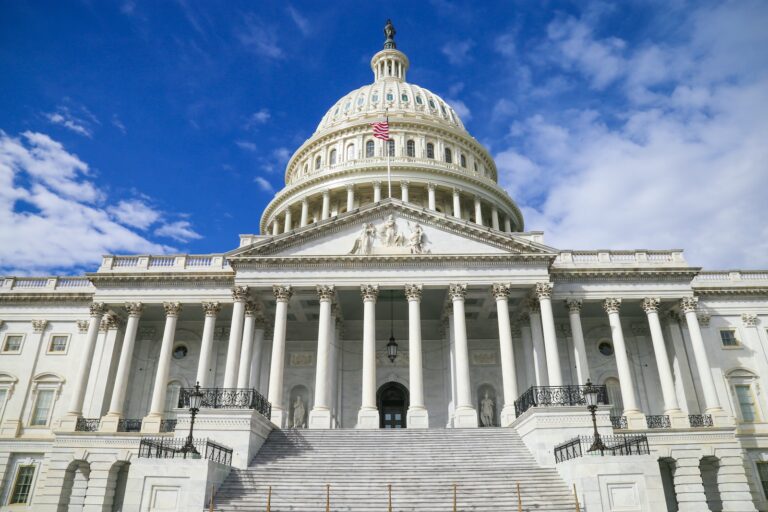The Pew Charitable Trusts released a report on December 11 examining the variances in student loan repayment outcomes by race and ethnicity. The report, called “The Student Loan Default Divide: Racial Inequities Play a Role,” focuses on the differing experiences of Black, Hispanic or Latino, and white borrowers.
Key Findings
- Black and Hispanic or Latino borrowers are more likely to face barriers to repayment (i.e., lower household income, employment challenges)—and therefore more likely to utilize temporary repayment relief options like deferment or forbearance—than white borrowers.
- Black borrowers are more likely to be enrolled in an income-driven repayment plan (45%) than Hispanic and Latino and white borrowers, who utilize these plans at a similar rate (32% and 31%, respectively).
- 50% of Black and 40% of Hispanic or Latino borrowers have experienced student loan default (a negative account status gained from 270 days of nonpayment), versus 29% of white borrowers.
- Borrowers of color are also more likely to default more than once (or, “redefault”). Around three-quarters of Black (74%) and Hispanic or Latino (75%) borrowers have experienced redefault, compared to 54% of white borrowers.
Important context: According to 2023 data from the U.S. Department of Education, most borrowers in default are Pell grant recipients (67%). Borrowers over the age of 50 are overrepresented; these borrowers account for 20% of all student loan borrowers, but one-third of borrowers in default.
Finally—but critically—62% of borrowers in default did not obtain a credential, meaning they carry a significant debt burden without having gained a degree or certificate to enhance their economic opportunity and offset that burden. [POLITICO]
Why it matters: President Biden’s “on-ramp to repayment”—a one-year grace period to help borrowers ease back into student loan repayment post-pandemic without credit risk—expired on September 30.
In July, the U.S. Government Accountability Office (GAO) revealed that nearly 10 million borrowers are already past due—with 6 million between 91 and 120 days late—less than one year after repayment resumed post-pandemic.
What’s next: The Pew Charitable Trusts shared several policy recommendations to improve student loan repayment outcomes for at-risk borrowers and make the repayment process work better for all student loan borrowers. Read those recommendations and more in the full report.




